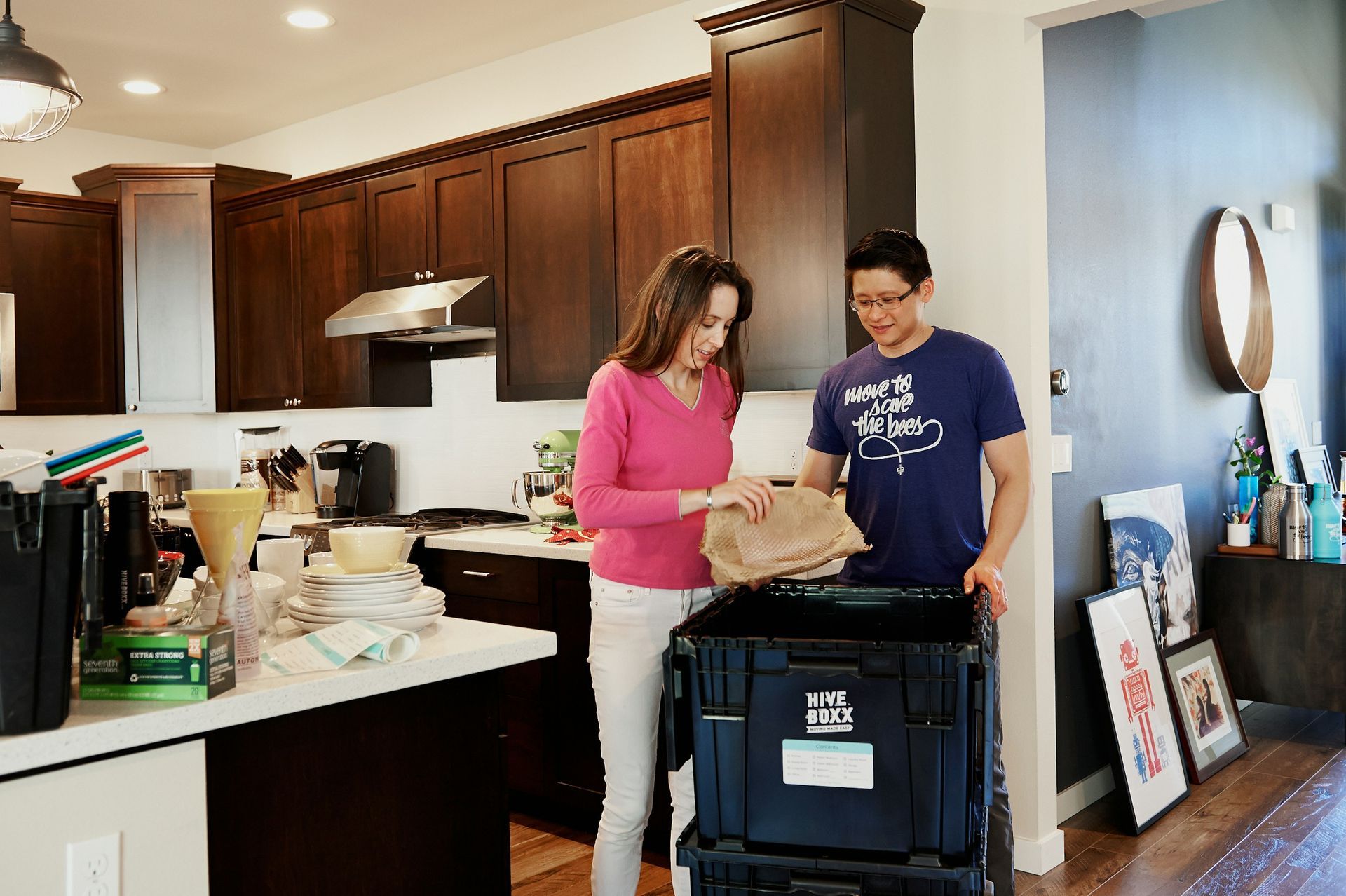Tips for Packing and Moving Large Furniture During Home Renovation
Whether modernizing your home or designing space for multi-generational housing, you can streamline renovation by getting your furniture out of the way. However, packing and moving large furniture during home renovation requires careful planning and execution. From assessing the dimensions of furniture pieces to securing transportation, every detail plays a role in safeguarding your belongings. So, look at these useful tips that will help streamline the process.
The types of remodels and their effects on furniture
At
Dream Builderz, your one-stop shop for all remodeling needs, we handle all types of home renovations. Thus, during our years of experience, we’ve seen first-hand how remodels can affect furniture. So, to help you understand why packing and moving these items is so important, we’ll go over some of our most frequent remodeling projects and their effects on furniture.
Cosmetic Remodeling
A cosmetic remodel focuses on revitalizing the appearance of a home without undertaking major structural changes. Typically, homeowners opt for this type of remodel when their home's layout and structure are satisfactory, but the aesthetic feels outdated or worn out. Projects within a cosmetic remodel often include repainting walls and refinishing or replacing flooring. While adding a fresh coat of paint doesn’t threaten your furniture as much, you should at least cover it properly to avoid stains. However, when refinishing or replacing flooring, all your furniture needs to be packed and moved out to complete the task.
Functional Remodeling
Functional remodeling prioritizes improving the functionality and flow of living spaces within a home. This type of remodel may involve reconfiguring rooms or altering the layout to suit the occupants' needs better. Common projects within a functional remodel include removing or adding walls to create open-concept living areas, relocating kitchens or bathrooms for better functionality, or repurposing underutilized spaces like basements or attics. During these types of remodels, it’s almost impossible for contractors to ensure the safety of your furniture, which is why moving it is the only viable solution.
Structural Renovations
Structural renovations encompass significant changes to the home's load-bearing elements or overall structure. These projects may include adding extensions, removing or relocating load-bearing walls, changing rooflines, or reinforcing the foundation. Naturally, you must remove all the furniture from your home during these remodels.
Assess the Situation
Assessing the situation before diving into the formidable task of packing and moving large furniture is recommended. It is especially important if you're
upsizing your home and anticipate acquiring even more furnishings soon. Your first step ought to be thoroughly evaluating the dimensions and specifications of your furniture pieces. Then, compare the layout of both your current and future living spaces. Doing so lets you identify your logistical challenges and devise a strategic plan to overcome them.
Clear the Pathways
Creating clear paths is an important part of prepping for home renovation. So, before moving any furniture, take the time to declutter and remove obstacles from hallways, doorways, and staircases. This simple yet essential task can significantly affect the efficiency and safety of your renovation work. Of course, measure doorways to check if the furniture will fit through, and consider removing any doors if necessary, too. This way, you'll minimize the risk of accidents and damage to your furniture and home.
Use Proper Disassembly Strategies
Disassembling bulky items reduces weight, making them easier to handle, and minimizes the risk of damage during transit. So, carefully assess each furniture piece to identify components that can be detached without compromising structural integrity. Examples include removing table legs, dismantling bed frames, or disassembling modular shelving units. Try to work on labeling and organizing hardware and components to streamline reassembly at your new location. Remember to keep all necessary tools and hardware accessible throughout the disassembly process.
Pay Attention to Packing
Mastering proper packaging techniques is a priority when moving large furniture. Collect appropriate packaging materials such as bubble wrap, plastic bags, moving blankets, and shrink wrap to safeguard furniture during transit. Then, ensure each piece is securely wrapped and cushioned to prevent scratches and dents. However, if you’re packing expensive furniture pieces, you should consult with your movers before you begin. They can offer useful insights on the best ways to pack and protect these valuable items. For example, you should wrap delicate surfaces with protective layers and secure them with sturdy tape.
Utilize Moving Equipment
Essential tools such as dollies, furniture sliders, and straps can significantly reduce physical strain and make the moving process efficient. Besides, when maneuvering heavy items, employing the right equipment guarantees safety and ease of transportation. By distributing weight evenly and providing stability, these tools help prevent accidents and minimize the risk of damage. In addition to that, proper moving equipment allows smoother navigation through doorways, hallways, and staircases, facilitating a seamless transition from one location to another.
Enlist Help
Whether it's friends, family members, or professional movers, having extra hands can significantly improve efficiency and safety. After all, working together as a team reduces the physical strain on individuals and expedites furniture relocation. Of course, having experienced professionals involved can also provide valuable expertise and ensure that furniture is handled with care. This way, you can alleviate stress and enjoy a smoother, more streamlined experience.
Protect Floors and Walls
Taking proactive measures to protect surfaces can prevent costly damage and unnecessary repairs. Consider using furniture sliders or cardboard sheets to shield hardwood floors from scratches and dents caused by heavy items. Similarly, protective padding to corners and edges helps prevent accidental bumps and scrapes to walls and door frames. Prioritizing floor and wall protection further preserves the integrity of your home and allows for a smoother moving process overall.
Secure Transportation
We’ll start by saying that hiring professional movers is far safer and cheaper. After all, they have specialized equipment that will speed up the process and ensure the safety of your furniture. Still, if you want to DIY, consider size, accessibility, and insurance coverage when selecting a vehicle. Loading furniture securely inside the vehicle is also necessary to prevent shifting and damage during transit. Utilizing straps and tie-downs to anchor items in place can provide added security here. Finally, strategically arranging furniture within the vehicle optimizes space utilization and minimizes overcrowding risk.
Reassemble and Adjust
Reassembly and adjustment are typically the last steps to set up your perfect home. Naturally, you should follow manufacturer instructions carefully for proper reassembly and structural integrity. As you rebuild your furniture, take the opportunity to make any necessary adjustments to fit the layout of your space. That may involve tweaking the shelves' placement or adjusting the table legs' height. By paying attention to these details, you can optimize functionality and aesthetics in your home. Don't rush the process either; take the time to get everything right. With patience and care, you'll soon have your furniture reassembled and adjusted to suit your newly renovated home.
Final Thoughts on Packing and Moving Large Furniture During Home Renovation
Packing and moving large furniture during home renovation is not easy. Still, by following our tips, you can confidently navigate any challenges. From proper disassembly techniques to careful prepping, every step contributes to the safety and integrity of furniture items.















